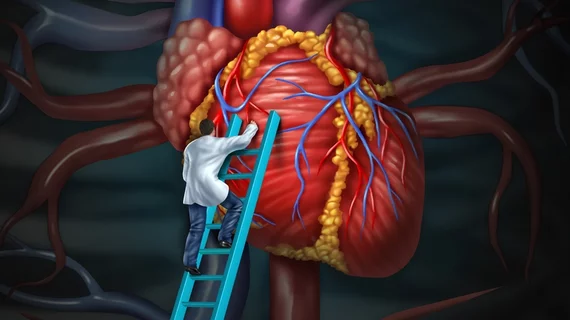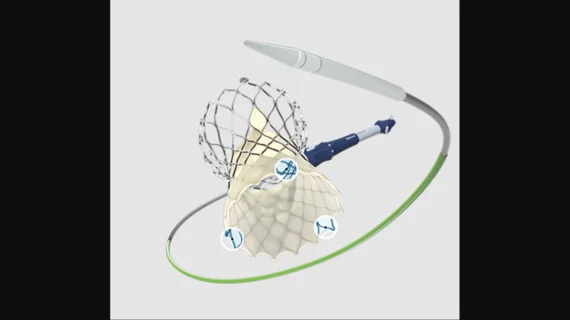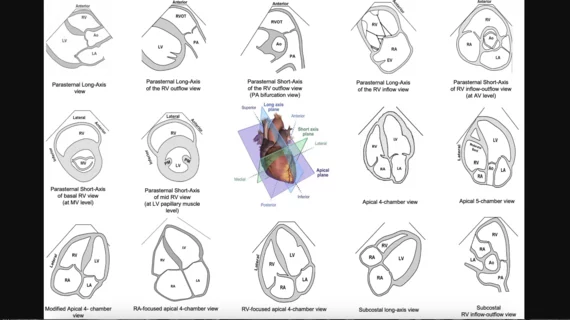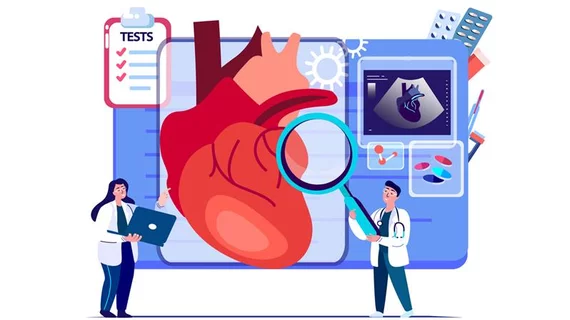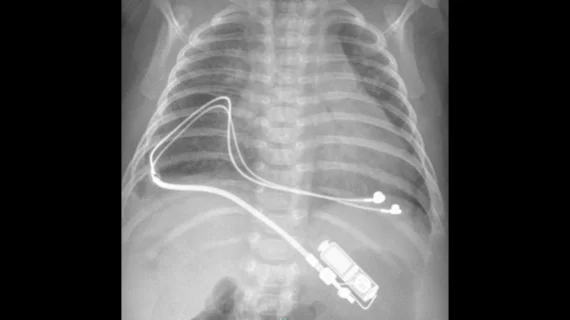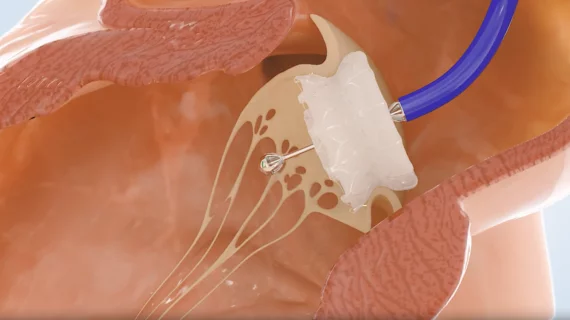Wellstar's CCTA + Heartflow Program Impact: Improving Patient Care While Driving Financial Growth
Listen in!
If you’re looking to grow your CCTA program or start one, listen in. Learn from cardiology and radiology experts at Wellstar Health System who have built a successful CCTA program. The physicians and administrators dig into the data and economics of how they’ve improved patient outcomes, increased diagnostic yields for their cath lab, and grown profits across the system.
